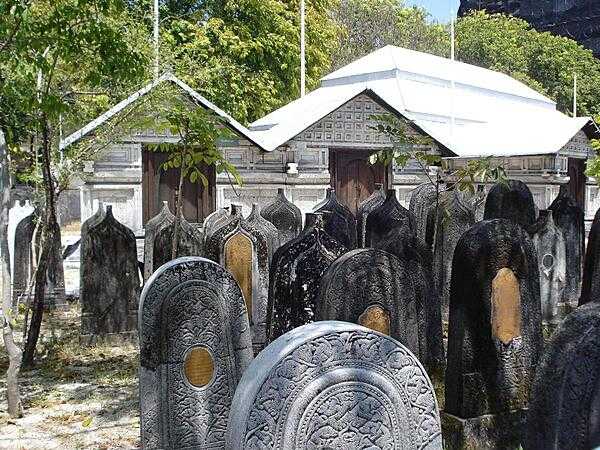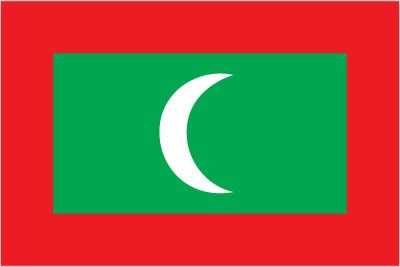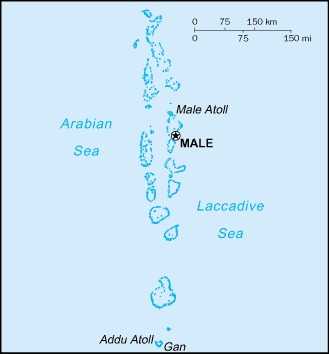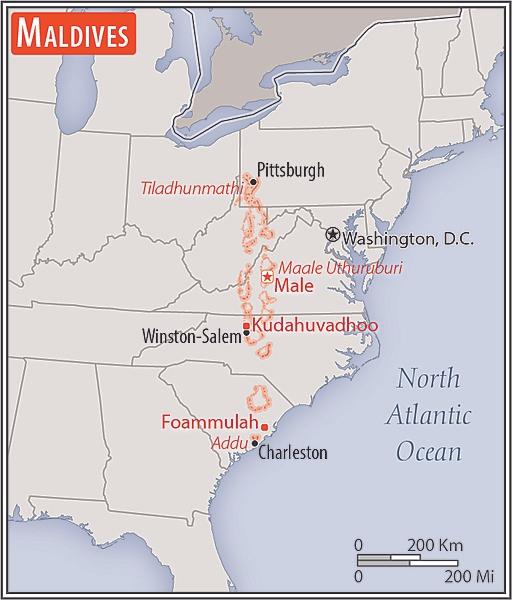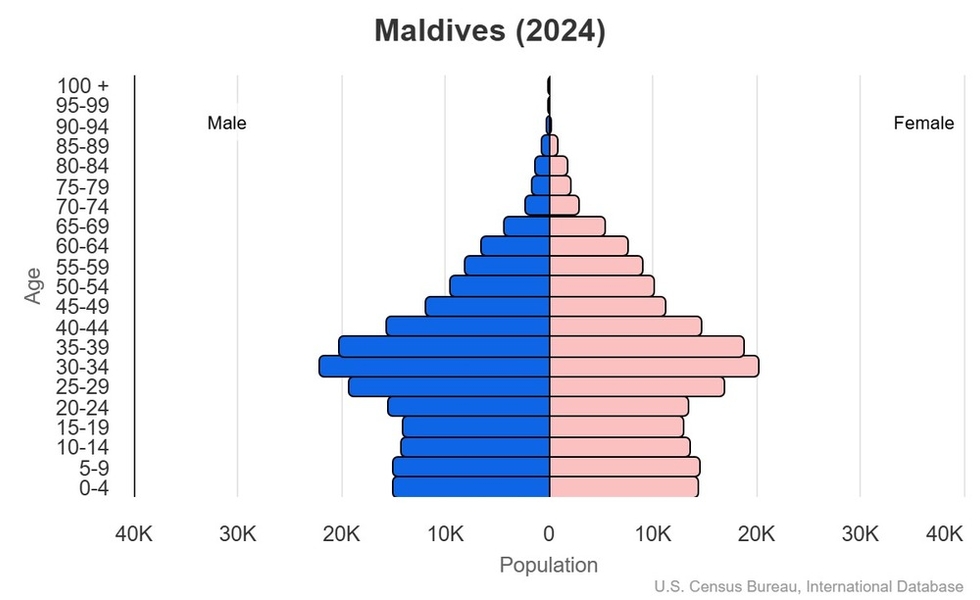Introduction
Visit the Definitions and Notes page to view a description of each topic.
Geography
People and Society
Population
comparison rankings: total 177; male 176; female 177
Median age
comparison ranking: total 120
Population growth rate
comparison ranking: 210
Birth rate
comparison ranking: 108
Death rate
comparison ranking: 210
Net migration rate
comparison ranking: 225
Maternal mortality ratio
comparison ranking: 115
Infant mortality rate
comparison ranking: total 62
Life expectancy at birth
comparison ranking: total population 90
Total fertility rate
comparison ranking: 165
Obesity - adult prevalence rate
comparison ranking: 149
Alcohol consumption per capita
comparison ranking: total 142
Tobacco use
comparison ranking: total 29
Children under the age of 5 years underweight
comparison ranking: 34
Education expenditure
comparison ranking: Education expenditure (% GDP) 60
Environment
Carbon dioxide emissions
comparison ranking: total emissions 160
Government
Economy
Real GDP (purchasing power parity)
comparison ranking: 162
Real GDP growth rate
comparison ranking: 37
Real GDP per capita
comparison ranking: 95
Inflation rate (consumer prices)
comparison ranking: 33
GDP - composition, by sector of origin
comparison rankings: agriculture 132; industry 193; services 23
Industrial production growth rate
comparison ranking: 167
Labor force
comparison ranking: 169
Unemployment rate
comparison ranking: 81
Youth unemployment rate (ages 15-24)
comparison ranking: total 73
Gini Index coefficient - distribution of family income
comparison ranking: 126
Taxes and other revenues
comparison ranking: 54
Current account balance
comparison ranking: 136
Reserves of foreign exchange and gold
comparison ranking: 152
Debt - external
comparison ranking: 84
Energy
Electricity
comparison rankings: installed generating capacity 153; consumption 166; transmission/distribution losses 29
Energy consumption per capita
comparison ranking: 94
Communications
Telephones - fixed lines
comparison ranking: total subscriptions 183
Telephones - mobile cellular
comparison ranking: total subscriptions 171
Broadband - fixed subscriptions
comparison ranking: total 135
Transportation
Merchant marine
comparison ranking: total 98
